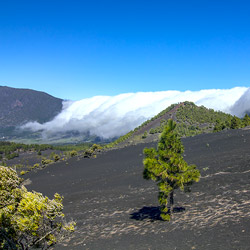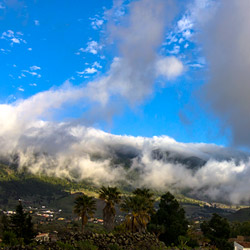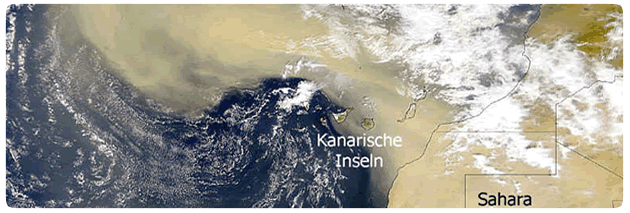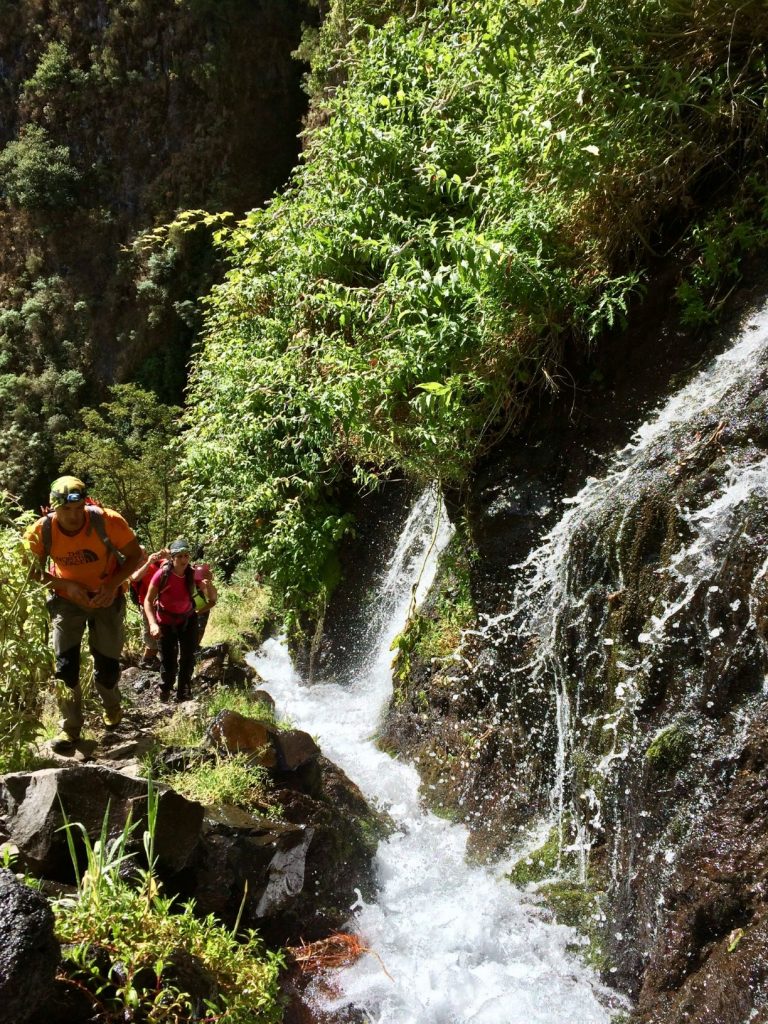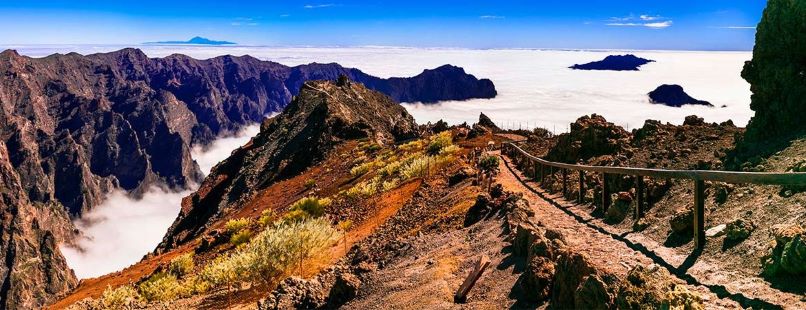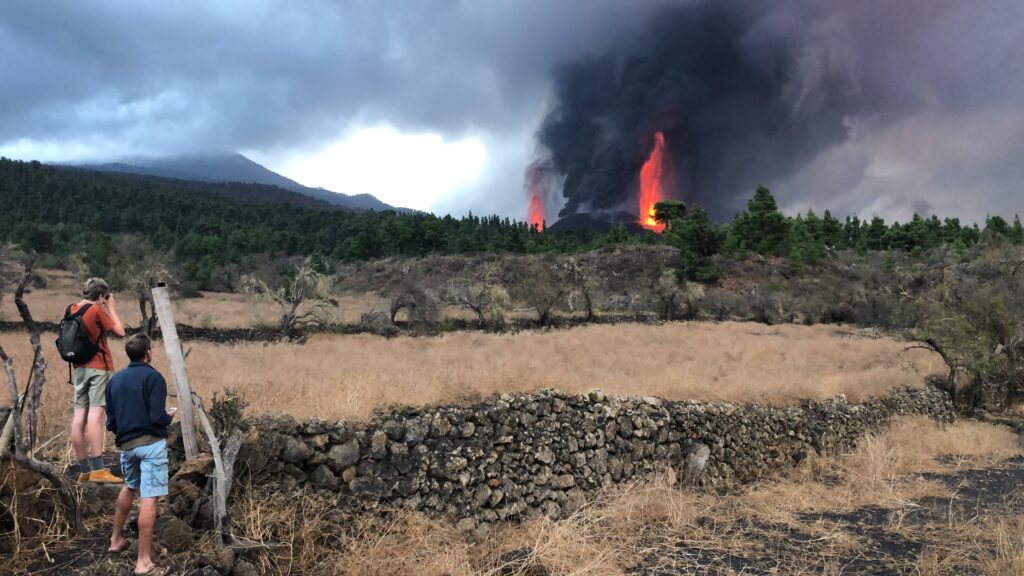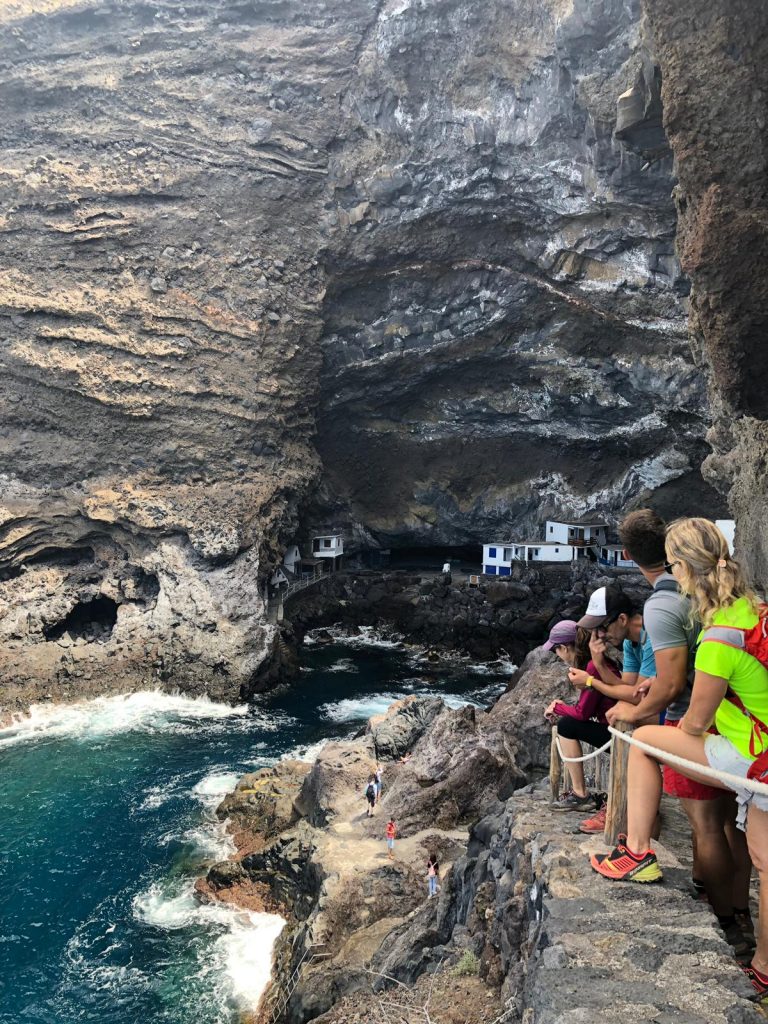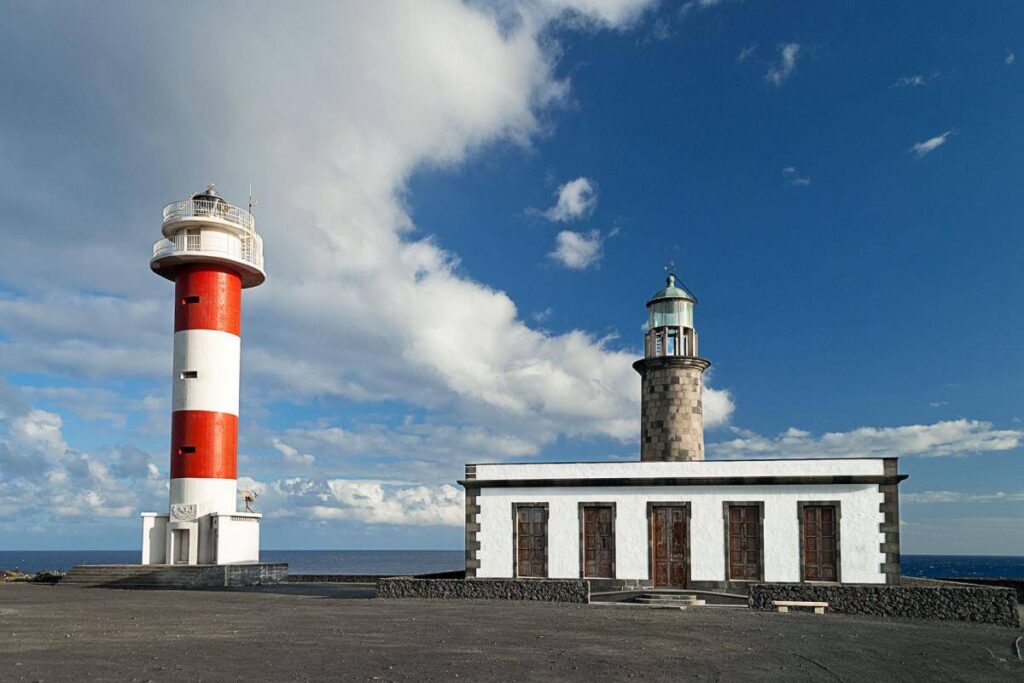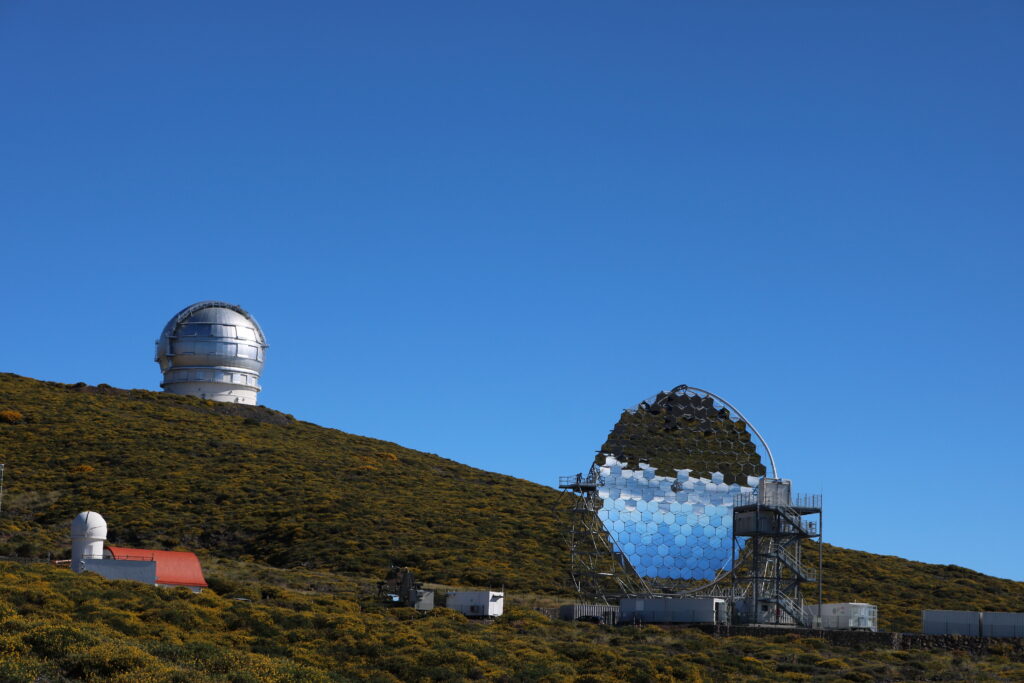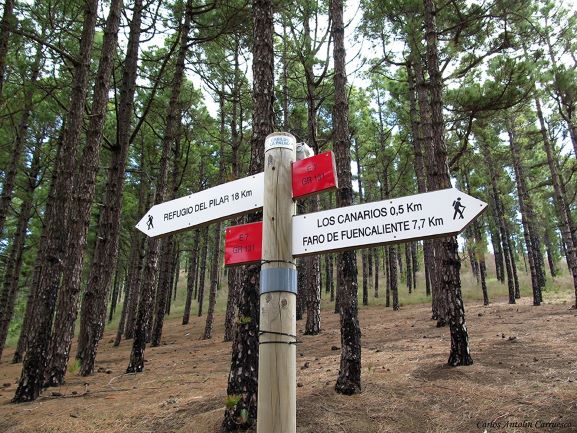La Palma owes its moderate weather to the Canary Current, an offshoot of the Gulf Stream, and the trade wind that touches the island from the northeast. The wind, which originates over the Atlantic Ocean on the equator, always brings clouds with it, which give off their moisture mainly on the eastern side of the caldera and the 40 kilometer long ridges of the Cumbres.
Eternal Spring
Throughout the year, the average daytime temperatures range between 18 and 26 degrees, the water temperatures between 18 and 23 degrees, so that you can swim or dive, even in the winter. More so, from November to January there is an average of five hours of sunshine a day. No wonder that the Canary Islands have been called the “Islands of Eternal Spring” or “Islands of the Happy” (hence the name Macaronesia, Greek: Makarios – blessed/happy) since ancient times. Also in winter, the sun is intense, so that sun protection is advisable here.
But at night the temperatures sink considerably lower and for higher altitudes, the following applies: Every 100 meters higher one degree Celsius less has to be expected. On some winter evenings, one can freeze in El Paso, 600 meters above sea level, without heating.
Climate table explanation:
- The meteorological measuring station is located at the East side of La Palma near the airport.
- The basis is the measurement data for the years 1971 to 2000.
- Since the microclimate on La Palma can vary greatly,
these values are only a guide.
Desert weather “Calima”
From time to time the nearby Sahara provides the desert weather situation called “Calima”: hot winds, sand, and high temperatures prevail for a few days. Between October and April, Atlantic westerly winds can also bring rain to the “sunny side”. In winter a storm with heavy rain can quickly occur. Caution is advised here especially when hiking in the mountains.
Our apartments and holiday homes are located mainly in the sunny Aridane valley on La Palma’s west side between Puerto Naos, Los Llanos, and Puerto de Tazacorte.
Storm
Every now and then more or less strong storms reach the Canary Islands. For example, at the end of October 2012, a violent storm hit La Palma at the same time as Hurricane Sandy. With wind speeds of up to 130 km/h, the damage was clear, albeit not comparable to that in the USA: from heavy rain and floods in Santa Cruz to fallen trees and containers in the port of Santa Cruz.
Flight and ferry operations had to be stopped and many holidaymakers landed on Tenerife instead of La Palma, from where they were transported on as soon as the storm calmed down. Others, who wanted to start their journey home, had to extend their vacation involuntarily. Even the cruise ship Aida was unable to call at La Palma. Our photo gallery gives you a small impression of this.
Fortunately, the spring-like, early summer weather is normal and such a storm is rare.


